Deforestation occurs when human activities result in the permanent removal of natural vegetation and diverse flora for animal grazing, construction, manufacturing, using wood for fuel, and agricultural expansion. In North America, half of the forest of the Eastern Coast was razed between the 1600s and 1870s.
Mass deforestation has reduced Western Europe’s forests from 80% to 34% since 2,000. China only has 20% of the forest it had 4,000 years ago. Farmland worldwide was forested lands. In many regions, human activity is deforesting at an alarming rate to clear land and decrease forest areas.
Deforestation destroys the forest by displacing plants, animal species, insect species, and bird species. Trees are essential to the environment because they absorb water and prevent flooding. They also absorb carbon dioxide (CO2). People need forests because they live in them and make their livelihoods working in them.
Why Deforestation is Bad
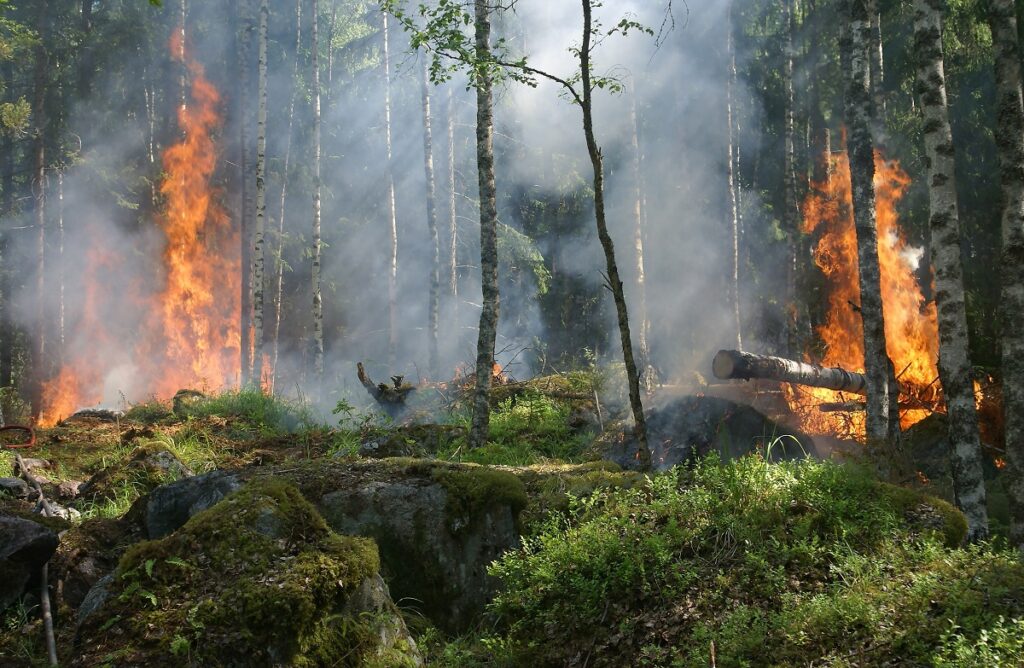
Forests are the habitats of half of the earth’s plant and animal species, including insects, fungi, tigers, elephants, fungi, insects, tigers, elephants, and three-quarters of all birds.
Forests act to maintain soil quality and water quality, rainfall patterns, and flood prevention. Millions of humans live in the forest or work there. Trees absorb and store CO2, and when they can’t, greenhouse gas emissions escape into the air.
One of the negative effects of deforestation is that 10% of global warming from greenhouse gases is caused by forest loss and damage, making forest conservation essential to fight the climate crisis.
Types of Deforestation
Forest degradation is when some of the trees are removed, but deforestation occurs when a forest is completely cleared. Tropical deforestation is even more common than deforestation of other forested land. Tropical forests are cut down to grow food for pigs and poultry.
The most deforestation is happening in tropical rainforests due to road construction and agriculture in undeveloped areas. A practice called slash-and-burn enables farmers to destroy large regions of trees, and the ash fertilizes the crops.
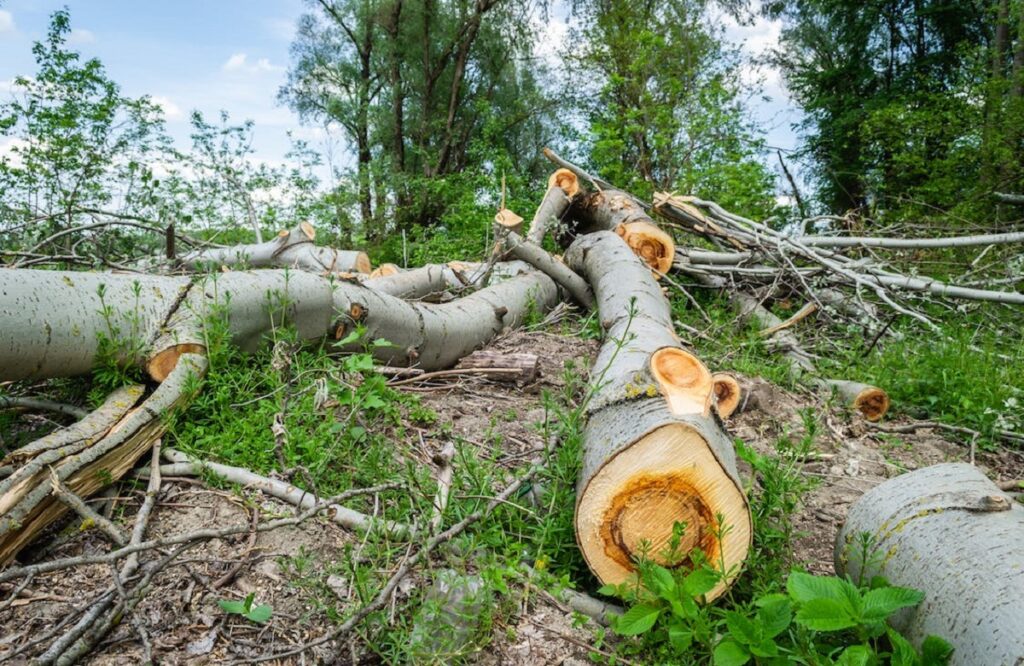
Unfortunately, the land only remains fertile for a few years, and then more forest is destroyed. People also deforest for palm oil, cattle ranching, logging operations, and rubber tree plantation.
Researchers had hoped that people moving to urban areas would decrease deforestation, but instead, people still wanted meat, wood, etc., when they moved away. Deforestation rates due to urban growth are astounding.
Since 1970, cattle ranching has driven the vast majority of Amazon deforestation.
Deforestation Examples
Three tragic examples of global deforestation are the Brazilian Amazon rainforest, Africa, Indonesia, and Borneo, destroying the forest ecosystems. Indonesia lost about 9 million hectares of its forests when palm oil plantations expanded.
When people and certain animals live together, zoonotic diseases can spread from them to us. One example of deforestation affecting the health of communities is when the Ebola virus killed over 11,000 people in West Africa after a toddler playing near a tree caught it from fruit bats.
Deforestation Causes
Several types of activities contribute to deforestation ranging from overpopulation to factory farming and more.
Overpopulation
When populations increase, the forest is destroyed to clear trees and create more agricultural land and roads, and resources in general.
Urbanization
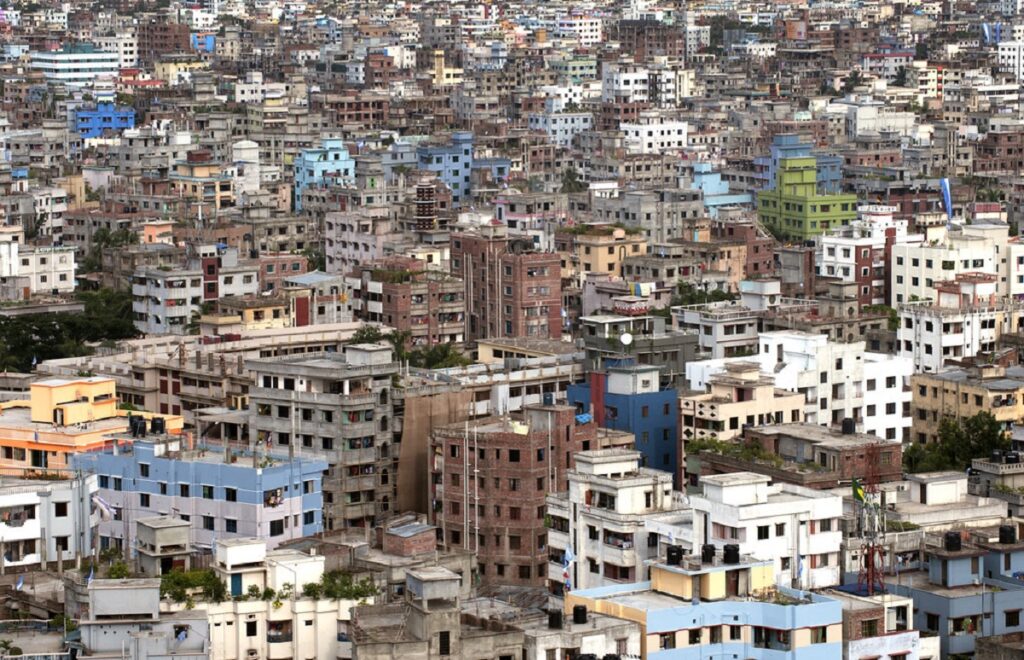
A growing population in cities leads to people utilizing forests to produce more animal and processed food products, causing more clearing.
Factory Farming/Industrial Agriculture
Factory farming, the mass production of animals, is responsible for widespread deforestation. About 260 million acres of forested land in the US have been cleared for crops, and over 67 percent of these crops — mostly grains, soy, and corn — are for livestock consumption.
Farmed animals are fed soybeans, which is inexpensive livestock feed to produce cheap meat.
Meat and dairy products use up so much land but only amount to 36 percent of the calorie content of our food supply.
In Brazil’s Rainforest, 75 percent of deforestation in the Amazon is caused by ranchers burning trees for pastures for beef and leather. Between 2000 and 2014, deforestation in the Congo Basin, the world’s second-largest rainforest, destroyed 57,321 square miles. Animal agriculture is inefficient because of the amount of drinking water and food the animals need.
Illegal Logging
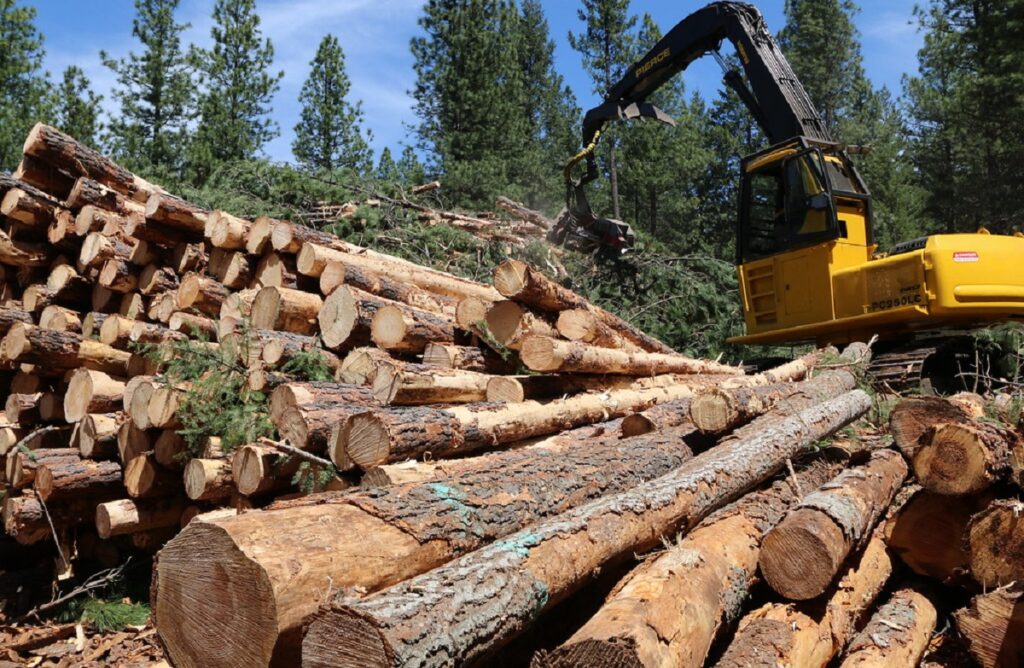
Greenpeace reports that unlawful logging is devastating the world’s forests, causing deforestation, loss of biodiversity, and contributing to climate change. Indigenous people who live near the forests suffer the most.
In Australia, unlawful logging results in human rights abuses of indigenous peoples and indigenous communities, endangering their health and destroying their dense forests. The most immediate impacts of deforestation include the displacement of indigenous communities that depend on the forest. Governments need to designate more forested areas as protected areas.
Agricultural Activities
Deforested areas from farmland expansion are responsible for 90 percent of deforestationaround the world and include cattle grazing (animal grazing accounts for 40 percent of deforestation) and feeding humans.
Livestock Ranching
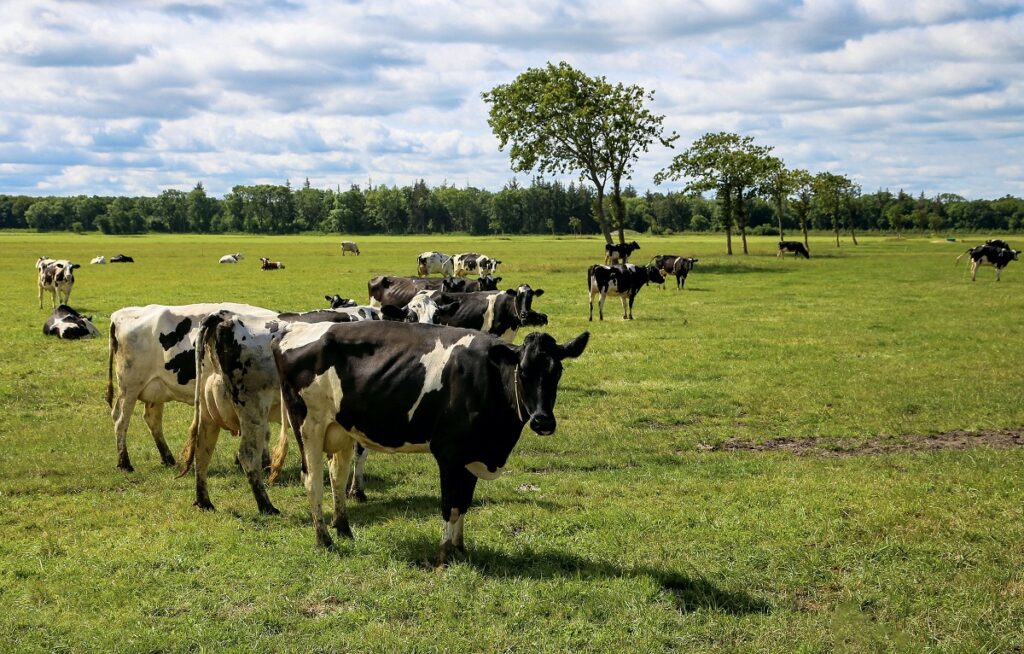
Cattle ranching is the number one cause of deforestation in most Amazon countries and has been responsible for the vast majority of the Amazon region’s deforestation since 1970.
Mining
Mining has a devastating effect on global deforestation due to the number of trees removed to create “workers’ settlements, access roads, and excavation pits.” Mineral extraction has doubled since 2000.
Forest Fires
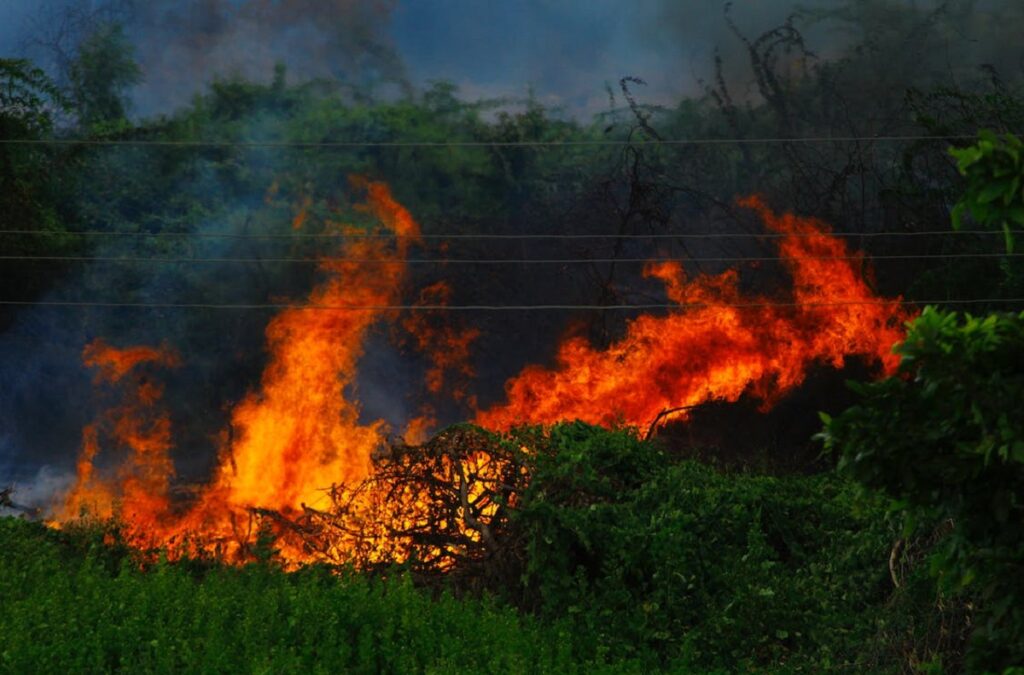
The tropical forest climate is wet and warm, so wildfires are not natural in the Amazon rainforest, but between the agricultural and cattle industries burning large areas of trees and the climate change’s effect on rainfall and temperature, fires are becoming more frequent and destructive.
Paper
According to The World Counts, 42% of all global wood harvest is used to make paper. We can decrease deforestation by using tree-free paper and recycled paper.
Deforestation Effects
As the trees fall, an intricate web of consequences emerges, unraveling the far-reaching effects of deforestation on our planet’s delicate balance:
Habitat loss

Removing enormous swaths of trees results in habitat destruction, leaving humans and half of the earth’s plant and animal species homeless. Indigenous communities live in and/or depend on the rainforest for work and more, so they also lose their homes and jobs.
Increase Percentage of Greenhouse Gases
Trees and plants absorb CO2 and convert it into carbon which is stored in the plant’s branches, leaves, trunks, roots, and soil. Clearing or burning forests releases carbon into the atmosphere. Greenhouse gases mostly occur in the Amazon but can be elsewhere. Greenhouse gases contribute to global warming, which is also known as the greenhouse effect.
Deforestation in the Amazon is now causing the rainforest to emit more carbon than it absorbs.
Global Warming
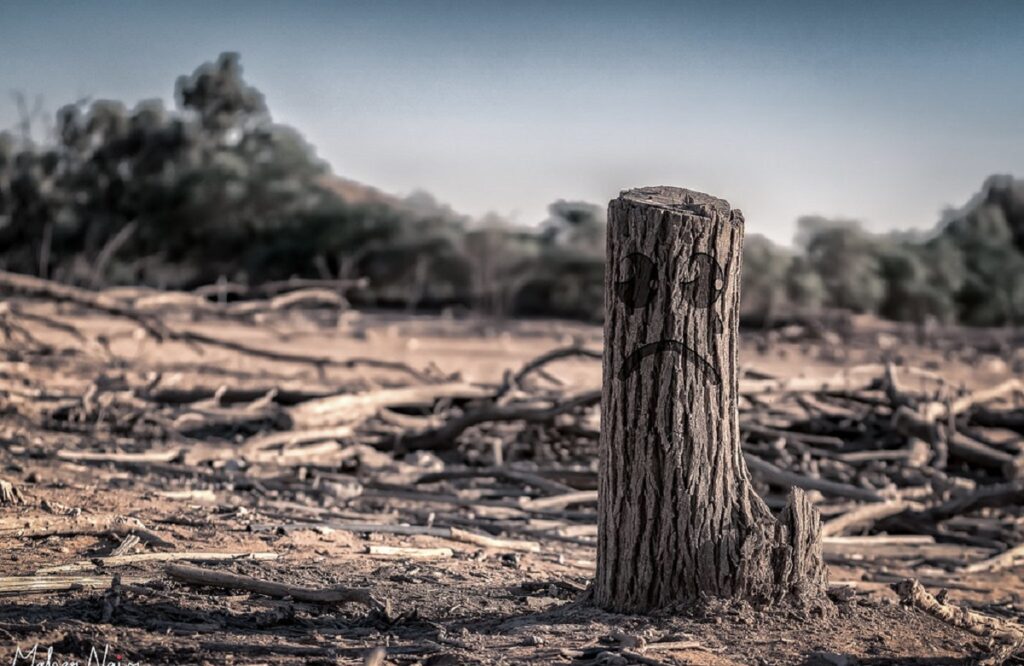
The earth is suffering from global warming, and many of us are trying to repair the damage humans have wrought on our planet by planting trees, reducing meat consumption and methane, and reducing our carbon footprints by driving less and/or buying an electric/hybrid car to decrease carbon emissions.
Trees, plants, the ocean, and soil absorb carbon–making them carbon sinks, so reducing deforestation helps fight global warming.
Flooding and Soil Erosion
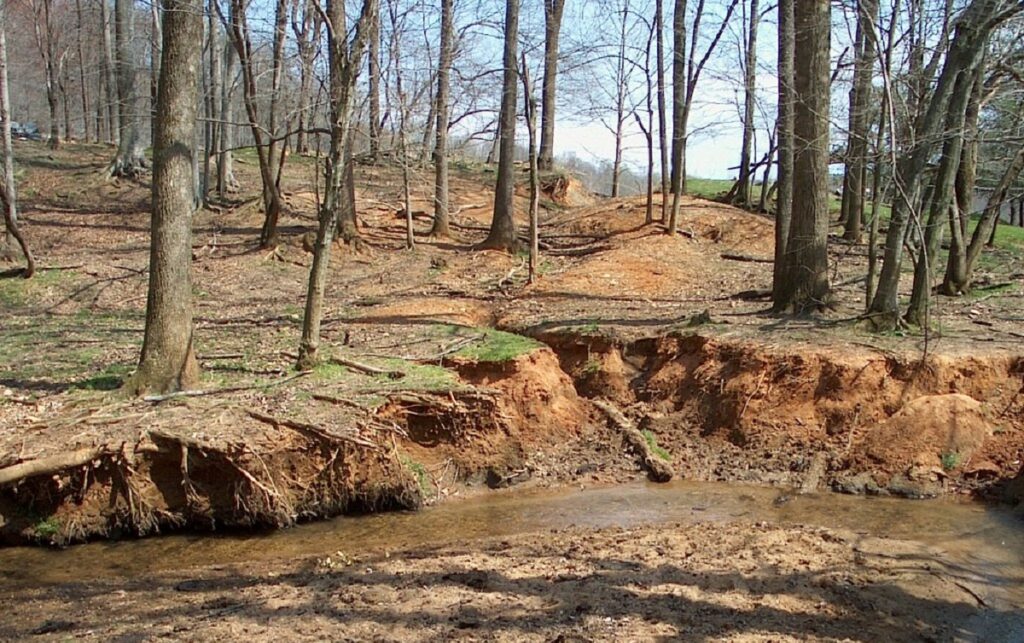
Heavy rains cause coastal flooding and soil erosion. One of the effects of deforestation is that there is less water in the air to return to the soil, drying out the soil and making it impossible to grow crops because the nutrient-rich topsoil is gone.
Farmers then move to another place and continue the cycle. Also, when soil erodes, surrounding communities lose the nutrients that are depleted.
Irregularity in Water Cycle
Another of the effects of deforestation is that evaporation levels are disrupted, and the moisture in the air destroys the balance of the water cycle. Desertification results from the continual cycle of dry air, low humidity, and decreased precipitation.
Acidic Oceans
The ocean absorbs about 30% of the CO2 that the atmosphere releases. Between rising levels of atmospheric carbon from burning fossil fuels (e.g., car emissions) and deforestation, the amount of CO2 absorbed by the ocean increases. Chemical reactions increase the concentration of hydrogen ions which will affect and kill fish and pose danger to corals.
How Does Deforestation Affect the Environment?
Deforestation significantly impacts the environment by disrupting ecosystems, leading to loss of biodiversity, soil erosion, altered water cycles, and contributing to climate change through increased carbon dioxide levels.
How Does Deforestation Affect Climate Change?

Clearing forests affect climate change by reducing carbon sinks. As trees fall, CO2 stored in them is released into the air, trapping heat in the lower atmosphere. CO2 levels are now at their highest in human history.
How Does Deforestation Affect Biodiversity?
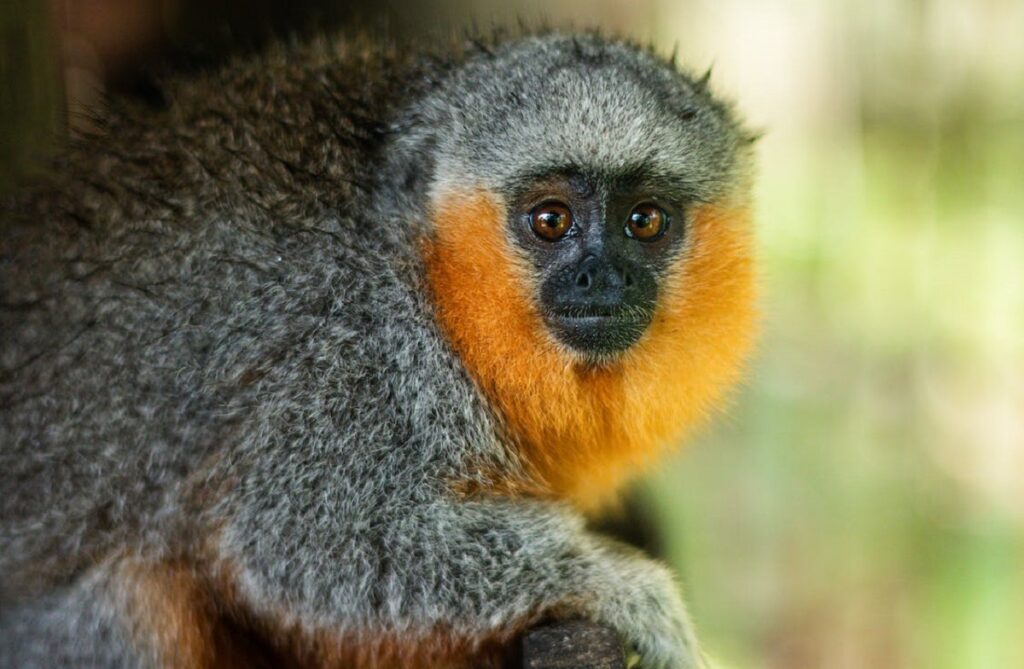
Another of the possible effects of deforestation is decreasing biodiversity by driving fauna out of the forest area. Some of the animals in the rainforest are sloths, tapirs, jaguars, tigers, howler monkeys, spider monkeys, orangutans, caimans, green anacondas, poison dart frogs, red-eyed tree frogs, toucans, macaws, and harpy eagles.
Impacts of Deforestation
Diving into the aftermath of deforestation reveals a series of interconnected impacts that extend beyond tree loss, touching climate, biodiversity, communities, and the delicate balance of our planet:
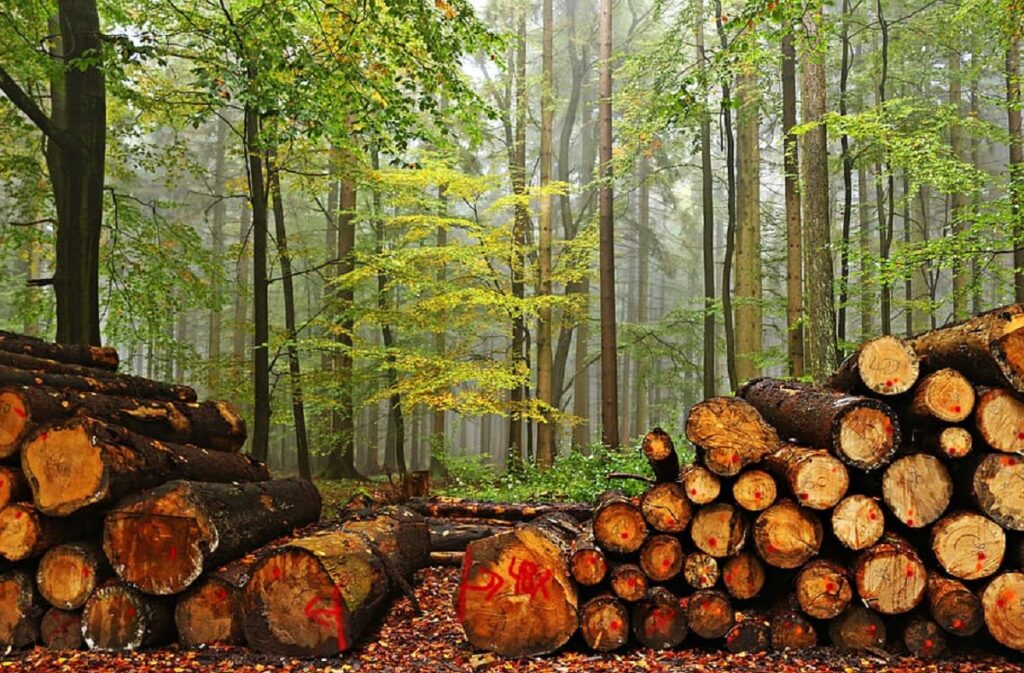
Harming Forest Watersheds
Water runs off solid impervious surfaces and flows to streams while collecting pollutants and moving faster. Another of the effects of deforestation is that the reduction of trees decreases the absorption of rain, causing more water to flood and making stream banks erode — widening streams. More sediment pours into streams, resulting in a decrease in fish and bad water quality.
Risks of Pandemics
Healthy ecosystems help prevent zoonotic diseases, which are illnesses that spread from animals to humans. Deforestation affects biodiversity as it drives animals out of their habitats, bringing them closer to humans and putting humans in danger of catching rabies and some other diseases.
Economic Losses
Deforestation is very expensive. The economic benefit of conserving the Amazon Rainforest is about $8.2 billion per year due to profits earned through sustainable industries like rubber tree timber. One study estimated that destroying the rainforest would reduce rainfall to such an extent that agriculture would lose $422 million annually.
The global cost of adapting to climate change is estimated to increase to $140-$300 billion per year by 2030 and $280-$500 billion per year by 2050. The poorest countries in the world, especially near the equator, will suffer the most from the effects of climate change.
Halting the Creation of Medicines
For hundreds of years, indigenous communities have used Disease Trees and plants for medicine. Deforestation deprives them of Disease Trees.
Worsening the Quality of Air
Trees absorb gaseous molecules in the air, and tiny pores on trees suck in toxic pollutants, sending the gases to diffuse into intercellular spaces. One of the effects of deforestation is that air quality declines when deforestation prevents trees from absorbing pollution.
Consequences of Deforestation

Forest destruction has consequences that include climate change, fewer crops, flooding, desertification, increased greenhouse gases in the atmosphere, soil erosion, and many problems for indigenous people. Deforestation threatens the environment, human food supply, and indigenous people are affected more than others.
Food production from fruit trees and animals in the rainforest provides sustenance for people in developing countries who rely on food insecurity forests, which are especially important during natural disasters and war.
What are the Social Impacts of Deforestation?
The social effects of deforestation are that people are less able to use the natural resources of the ecosystems, resulting in increased poverty and people moving to new forests.
Impacts of Deforestation on Native Communities
Forest destruction impacts the indigenous population more than others because they use the land for food and materials.
Loss of Food Security
Fruits and vegetables grow in the forest, and indigenous people eat some of the animals in the world’s forests.
Decreased Quality of Life
Deforestation continues to decrease the quality of human life as resources for food are gone, medicine can’t be produced, jobs disappear, and habitats are lost.
What Animals Are Affected the Most by Deforestation?
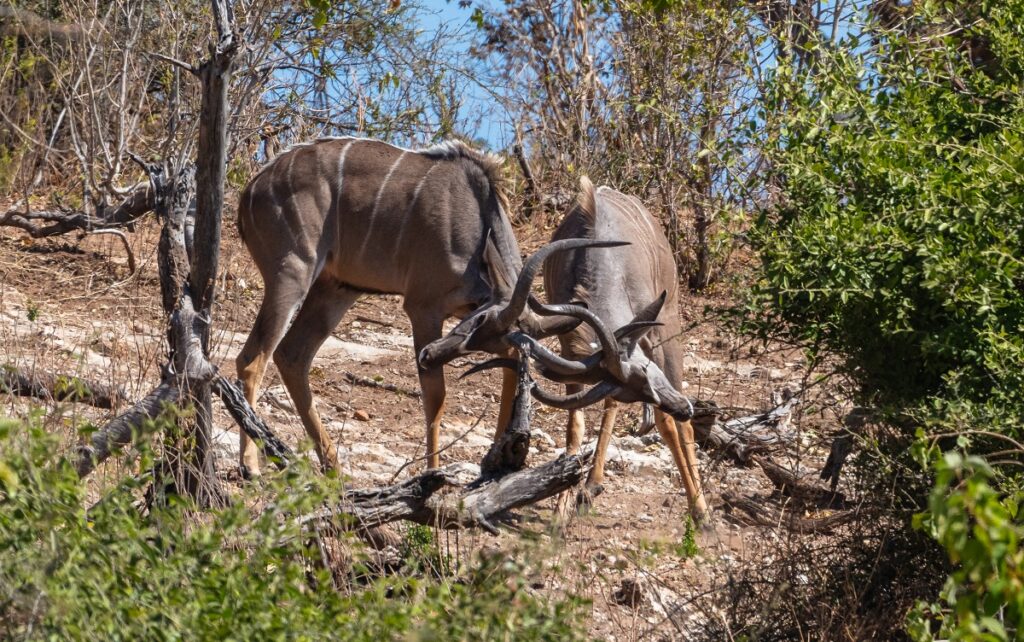
Many animals live in the forest and lose their homes and food to deforestation, including birds, snakes, monkeys, iguanas, jaguars, capybaras, orangutans, apes, harpy eagles, pandas, monarch butterflies, tapirs, tigers, leopards, pumas, bears, lemurs, sloths, rhinos, elephants, butterflies, koalas, and many more.
How You Can Help To Save Forests
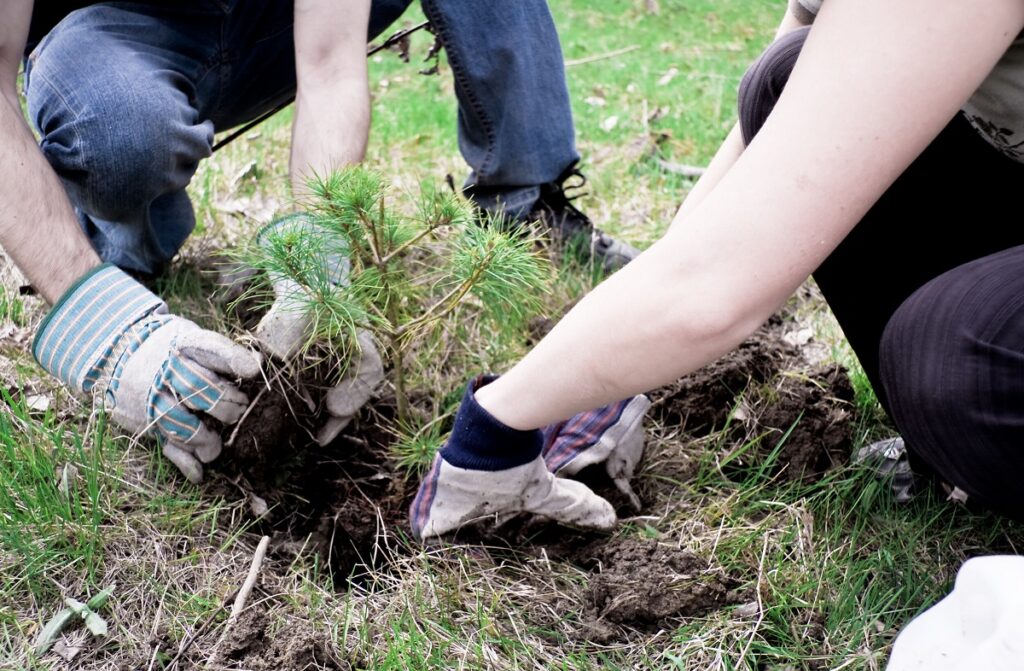
We must stop deforestation and protect forests, and the best ways of fighting deforestation are:
- Eating plant-based food to reduce our dependence on factory farms
- Avoid products from palm oil plantations because palm oil production requires trees to be cut down. You might be able to find sustainably sourced palm oil.
- Planting trees in deforested areas
- Go Paperless
- Patronize responsible companies
- Buy Certified Wood Products
- Use less packaging and recycle
- Educate others
- Buy from local, sustainable farmers
- Advocate for forest protection policies
- Support indigenous rights
- Support indigenous communities who usually protect their tropical forests
- Offset Your Carbon Footprint
- Use renewable energy
FAQs
What Long-Term Impact Could the Destruction of Large Areas of Forests Have on Earth?
If we don’t stop deforestation, climate change will continue to escalate, and animals and indigenous people will experience food insecurity and have to relocate. There will be more wildfires from global warming, and predators that lose their habitat will leave the forest and go to human communities looking for food.
How Does Deforestation Increase the Warming of the Earth?
We have to protect natural forests because trees absorb carbon, and as they disappear, carbon dioxide stored in them is released into the air, trapping heat in the lower atmosphere.
Which Is a Negative Effect of Deforestation on the Environment?
In addition to climate change, forest destruction causes soil erosion, desertification, flooding, fewer crops, and increased greenhouse gases in the atmosphere.
What Are People Doing Now To Reduce the Impact of Deforestation on Our Planet?
The Forest Stewardship Council is trying to establish sustainable forest management to maintain healthy forests, stop clearing forests, encourage responsible sourcing of palm oil and other products, and implement conservation efforts. Without forest cover, our entire planet and the species living here are in danger.
The World Wildlife Fund (WWF) is working with BirdLife and WCS to repair the harmful effects of deforestation with the Trillion Trees project to restore 5.2 million hectares of forest in Tanzania by 2030.
The International Union for the Conservation of Nature reports that it “provides public, private, and non-governmental organizations with the knowledge, tools, and projects that enable societies, economies, and nature to thrive together.”
WWF is also focusing on 11 world “deforestation fronts,” including planting trees and vegetation in forests in Africa, Australia, Latin America, and Southeast Asia.
Besides the items above in the How You Can Help to Save Forests section, recycle and buy recycled products, don’t burn a lot of firewood, practice eco-forestry by supporting groups like The Sierra Club, join a community forestry project and plant trees, help restore degraded forests, and report illegal logging.
What Can Deforestation Lead To?
Deforestation impacts and environmental degradation lead to the extinction of animals and plant species, exacerbating climate change, desertification, and soil erosion that creates a decrease of food for animals and people and endangers indigenous people’s health. 70% of land animals and plant species live in forests
Final Thoughts
In the wake of these profound consequences, the picture becomes clear: deforestation is not just a local issue but a global concern that demands immediate attention. As we stand at this crossroads, the collective responsibility to preserve and restore our forests becomes more urgent than ever.
The future of our world hinges on the choices we make today – to safeguard the forests that breathe life into our Earth and ensure a thriving legacy for generations to come.
We hope you enjoyed learning about deforestation while reading this article. Please feel to comment and/or share.


